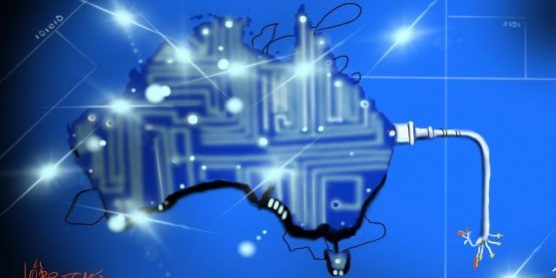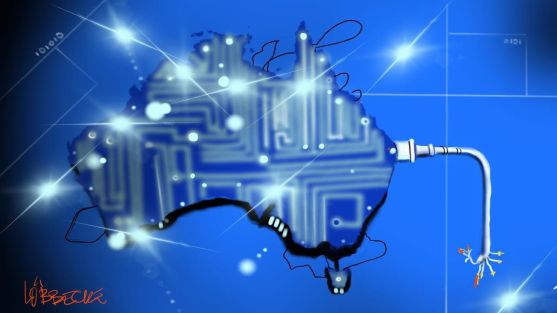Tech wave: we’re missing the boat
The recently released Harvard Atlas of Economic Complexity made for uncomfortable reading in Australia. We have an image of ourselves as a sophisticated, high-wage, high-skill economy, and no doubt we are in many areas.
But what these rankings show is that we sustain our developed-world lifestyle with an ominously hollowed-out developing-world industrial structure.
Essentially, the atlas measures the research intensity and diversity of a country’s exports as a proxy for its innovation capability. And since Australia relies mostly on the export of unprocessed raw materials, we rank in this context not with the advanced economies to which we usually benchmark ourselves, but with developing countries such as Senegal and Pakistan.
Nor was there any obvious disadvantage in Australia’s export mix while commodity prices were high, and the boost to our terms of trade masked the structural deterioration in our productivity performance. However, it is becoming apparent in the post-mining boom transition that our future prosperity will depend increasingly on identifying new sources of value in knowledge-based goods and services.
As economist Alec Ross observed in his book on industries of the future, these will be defined less by their production outputs than by the technologies they embody. These include robotics and artificial intelligence, advanced life sciences, “codification of money”, visualisation, big data and cybersecurity, the internet of things, autonomous transport, nanomaterials and energy capture, storage and transmission.
Such technologies are not only transforming existing industries but creating new ones, as well as superseding the industry classifications that guide current policy discussion of productivity-enhancing “structural reform”.
They require a renewed commitment by business, universities and government to science and innovation, but here again Australia faces at least three largely self-imposed constraints.

